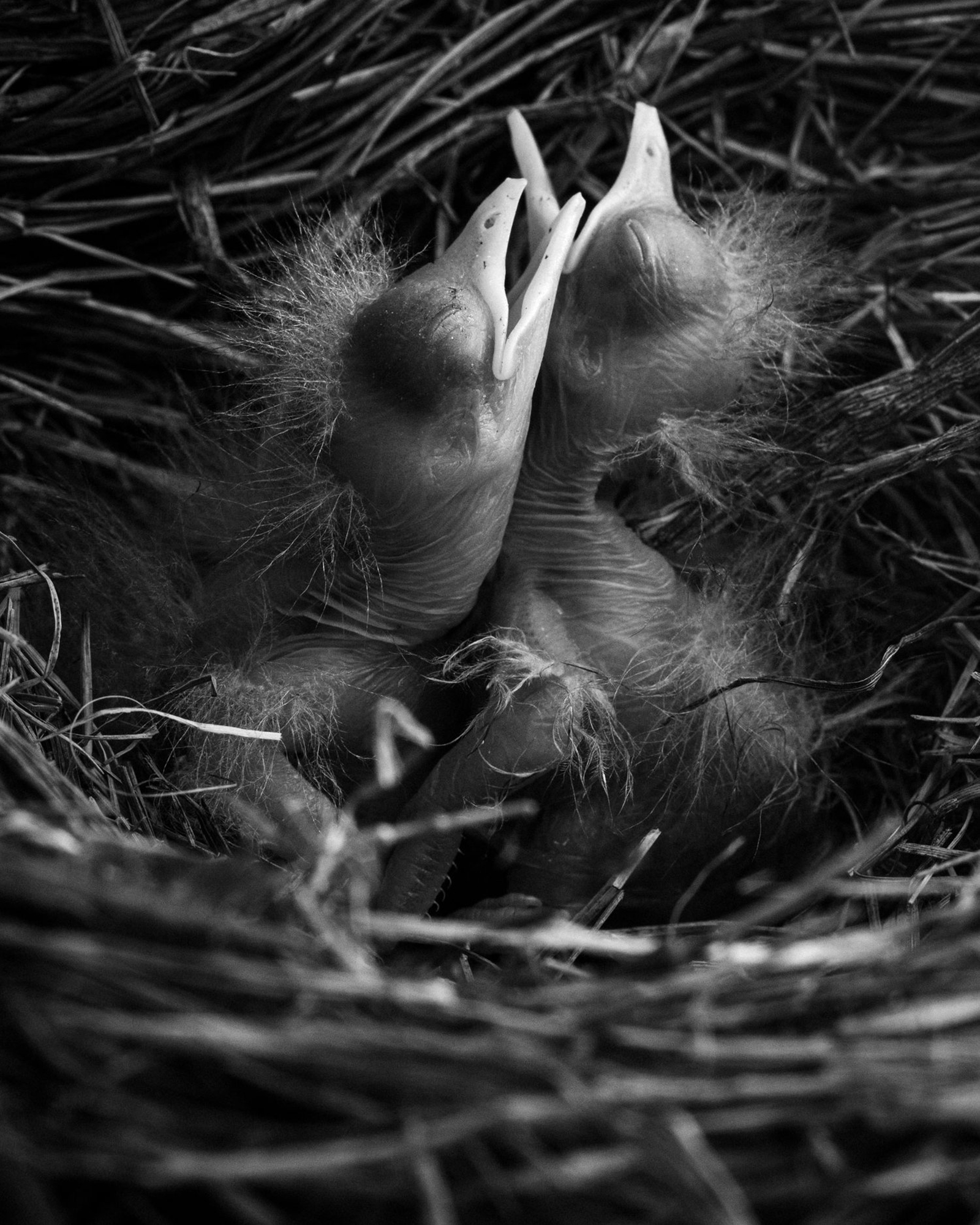But not the way you thought
By Annis Pratt
Current Contributor
Somewhere, way out on the edges of our winter-tattered selves, we are beginning to think about spring. The lessening of the dark hours, a whiff of moss, a sudden mild breeze that all too quickly gives way to a chillier one—all are small signs kindling our weary hopes.
We begin to hear barely audible trills from high up in the trees or from deep in the bushes; these are the contact calls of tiny warblers that have dropped down from the wind on their epically long migrations. Some will stay, because their nesting places from last year are on our land; others will continue to the exact spot they were raised and/or where they have raised young before.
How do migratory birds find their way from South America, Mexico, and the southern United States to these precise spots in Northern Michigan?
Last April, I received an absorbing book for my birthday; the book is so long and so scientific that I am only just now finishing it. (I should admit only diving into the nonfiction books that sit by my reading chair for an hour or two each week.)
Ed Yong, in An Immense World: How Animal Senses Reveal the Hidden Worlds Around Us, explains bird migration for us:
“Every winter, thrush nightingales must cross the immense Sahara Desert on their way from Europe to Southern Africa. Once they sense the magnetic field of northern Egypt, they react by packing on more fat, in anticipation of the arduous desert crossing ahead. Other migrating songbirds can use these magnetic maps to adjust their bearing, if they’re blown off course by strong winds…”
An Immense World is full of wonders—from octopus sentience to how bacteria strew fields of magnetic crystals—all based on the idea that each species of creature operates within a distinct “umwelt,” the world that it experiences through its unique constellation of senses.
We learn in Yong’s book, for example, that one ant might tap at another “with the tips of its clubby antennae. This action, delightfully … known as antennating, the ant equivalent of a sniff.” Too, “female lobsters urinate into the faces of males to tempt them with a sex pheromone.”
Fortunately, every species operates within a different umwelt—what would happen if we humans tried that on each other?
It has been known for quite a while that cells contain magnetic substances and that creatures like birds and turtles navigate by responding to “magnetic signposts” on routes that are governed by a magnetic pull from their birthplace. For instance, sea turtles always return to the exact beach where they emerged from their own eggs, and if a salmon is hatched in a tank containing Platte River water, it will return to the Platte River to spawn. (There is a local legend that Betsie River folk tell about how, one year, the Platte hatchery used well water by mistake so that, given a choice, the salmon, of course, all chose the Betsie.)
And did you know that “life exists within a planetary electric field and is affected by it”?
Bees, for example, become positively charged by bumping into bits of dust and debris in the air, while flowers are negatively charged from being grounded in water. “When positively charged bees arrive at negatively charged flowers, sparks don’t fly, but pollen does”—just picture all those tiny flecks of pollen responding to bee magnetism in a golden explosion!
One of the things that Yong’s book leaves me wondering about is whether the science of electrical fields and magnetic maps suggests some philosophical metaphors worth pondering.
Namely, more and more these days, we hear the expression, “He doesn’t seem to have a moral compass!”
If you picture a compass, you will remember a red—or otherwise distinctly marked—arrow pointing to the North Pole, which is called “True North.” In other words, if you choose your actions according to a moral compass, it means that you have the integrity of being true to a set of values.
When my sailor father died and I was emptying out the pockets of his sou’wester, I found a cheap little compass that I had given him 40 years before that was still pointing “True North.”
The way that my mind works, the idea of being embedded in a planetary electric field gets me thinking about interplanetary communications between a quark here and its little twin, humming along somewhere out in the vast universe with precisely the same vibration.
And that gets me wondering whether all of my dear lost ones might be humming away somehow—out there among the stars—and might not be so lost after all.
It looks like sitting quietly in my chair, poring over my winter-to-spring read, which has exploded my world with wonder!
Annis Pratt has a cottage on the Betsie River. She has been a bird watcher since 1947 and finds the banks of the Betsie an absolute bird paradise. She is author of The Infinite Games Series of adventure novels about a marshland folk who are threatened by the draining of their homeland and of three non-fiction books about the way that myths are used in literature. She is a nature writer, a columnist for the international e-magazine Impakter.com, and was an early contributor to The Betsie Current, back in the 2005-06 days. Visit AnnisPratt.com to learn more or look for her books on Amazon.




